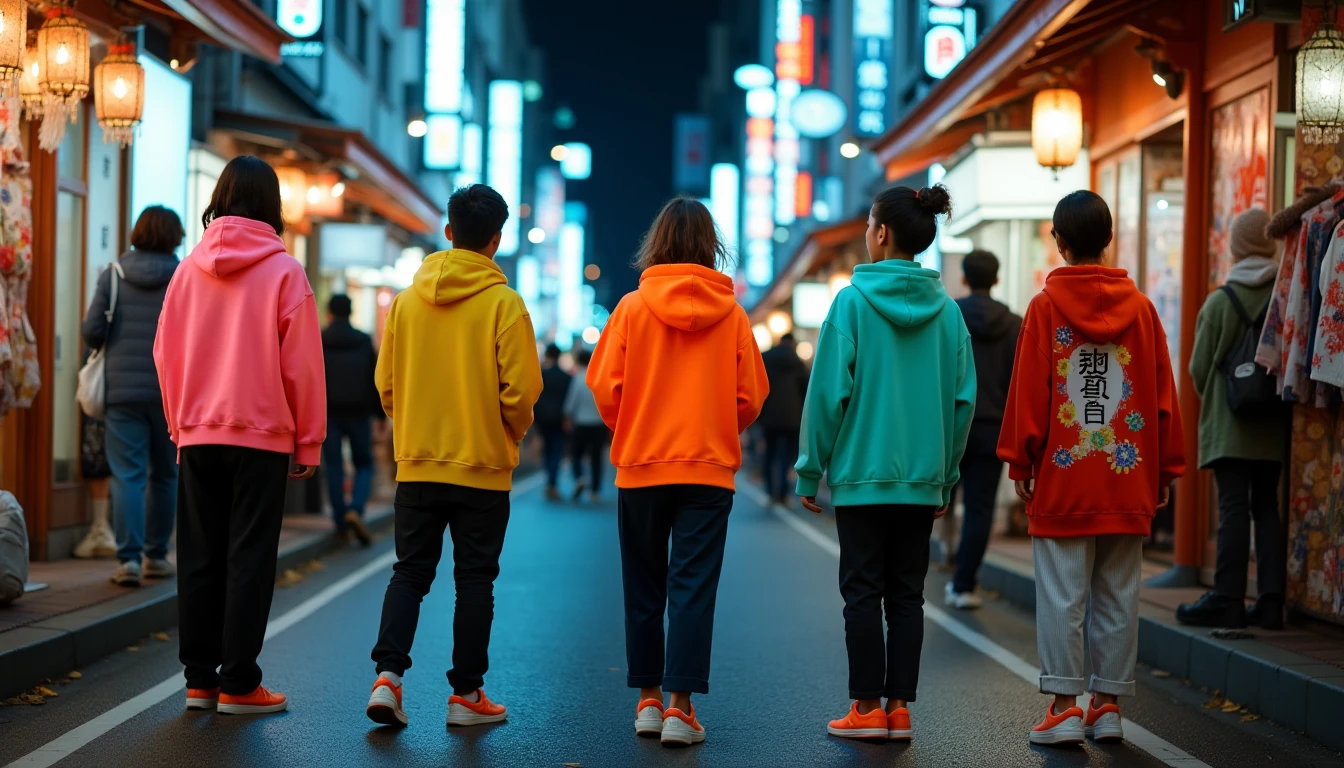Fashion is a universal language that transcends borders and speaks volumes about cultural identity. Over the years, global fashion trends have been shaped by diverse cultural influences, creating a dynamic interplay between tradition and modernity. This article explores how different regions contribute unique elements to the world of style, from Tokyo’s streetwear culture to Parisian high fashion.
The East Meets West in Tokyo Streetwear
Tokyo stands as a testament to the fusion of Japanese aesthetics with Western influences. The city is often described as the “fashion capital” of Asia, where traditional elements like kimonos and samurai attire coexist alongside cutting-edge streetwear trends. Brands like Supreme and A Bathing Ape (A BAPE) have global followings, thanks to their innovative designs that blend Japanese minimalism with urban American styles.
One of the most striking aspects of Tokyo’s fashion scene is its ability to repurpose everyday items into high-end accessories. For instance, the “yurigashi” (wet wrap) became a must-have item in the 2010s, combining traditional Japanese fabric patterns with modern streetwear functionality. This trend highlights how cultural elements can be reimagined through contemporary design.
Moreover, Tokyo’s fashion shows often feature mixed-gender collections, reflecting Japan’s nuanced approach to gender norms. Designers like Rei Kawakubo of Comme des Garçons have pushed boundaries by presenting androgynous looks that challenge conventional beauty standards. This approach underscores the role of Japanese culture in promoting inclusivity and innovation within global fashion.
Parisian Chic: The Timeless Elegance of French Fashion
While Tokyo represents a blend of modernity and tradition, Paris symbolizes the epitome of sophistication and classicism. Known as the “Fashion Capital,” Paris has been instrumental in shaping trends that emphasize elegance, individuality, and refinement.
The concept of “chic” is deeply rooted in French culture, emphasizing understated beauty and self-assuredness. Parisian women are often celebrated for their ability to pull off effortlessly chic looks using minimalistic ensembles. For example, a tailored blazer paired with a simple black turtleneck can create a polished yet relaxed vibe that feels distinctly French.
Additionally, French couturiers like Christian Dior and Coco Chanel have left an indelible mark on global fashion by redefining what luxury means. Their designs often draw inspiration from historical periods, blending romanticism with contemporary innovation. The 2019 runway collections of brands like Hermès and Givenchy showcased this duality, featuring intricate embroidery reminiscent of Baroque architecture alongside sleek, minimalistic silhouettes.
The Globalization of Regional Identity
In an increasingly interconnected world, the lines between regional and global fashion are blurrier than ever. Social media platforms have democratized access to trends, allowing smaller design houses from emerging markets to gain international recognition. This shift has led to a more inclusive definition of style that respects diverse cultural narratives.
One such example is the rise of “African couture,” which gained momentum during the 2018 Pan-African Fashion Week in Nigeria. Designers like Maki Oh and Lisa Price have redefined African fashion by incorporating local fabrics (like Ankara) into contemporary designs. This movement reflects a growing demand for authenticity and representation in global fashion.
Moreover, the concept of personal branding has become integral to modern fashion. Influencers on platforms like Instagram use their unique cultural backgrounds to curate capsule collections that resonate with global audiences. For instance, Korean-born makeup artist Hyowon Lee’s “K-beauty” aesthetic has inspired countless trends, proving that even niche styles can attain international appeal.

Global fashion is a mosaic of influences shaped by the interplay between tradition and modernity. From Tokyo’s streetwear culture to Parisian high fashion, each region contributes its unique flavor to the ever-evolving landscape of style. As we move forward, it’s essential to celebrate these cultural nuances while fostering inclusivity in design.

